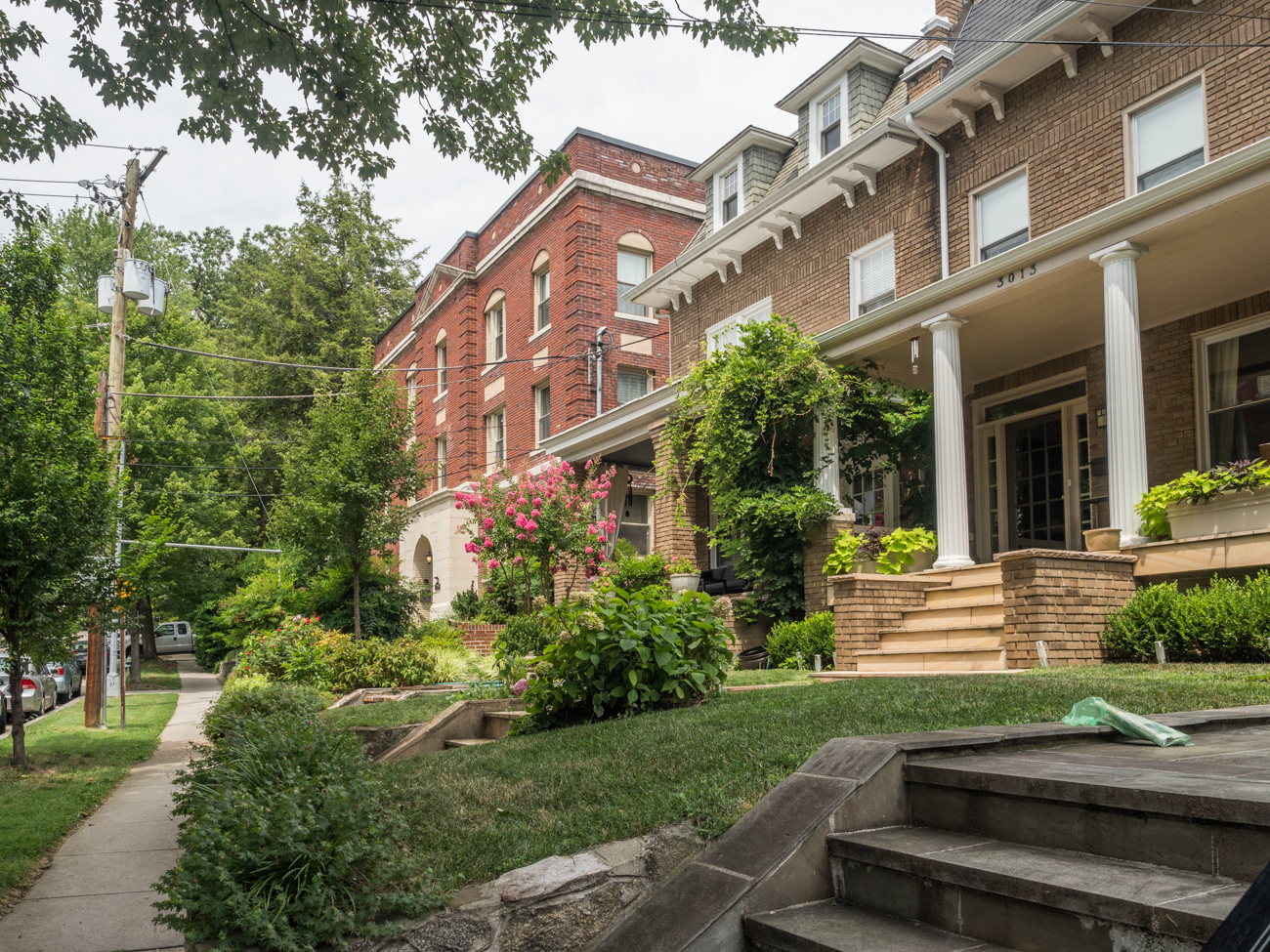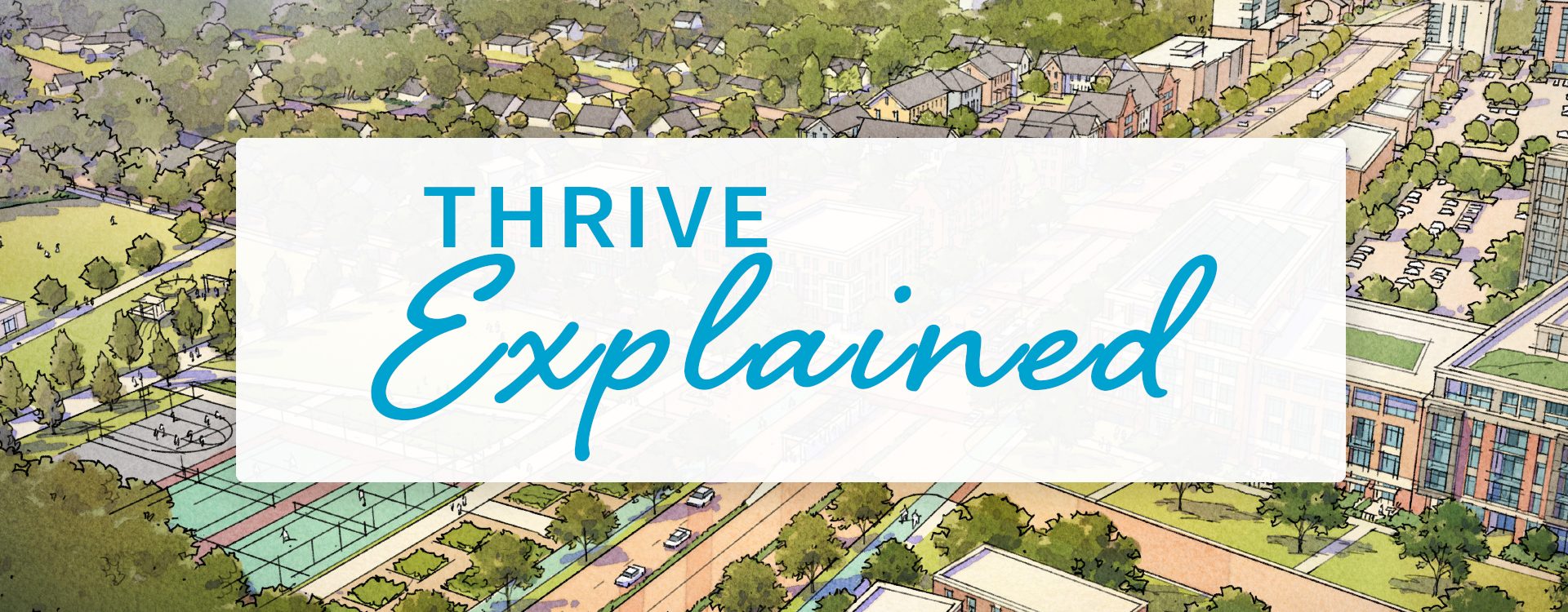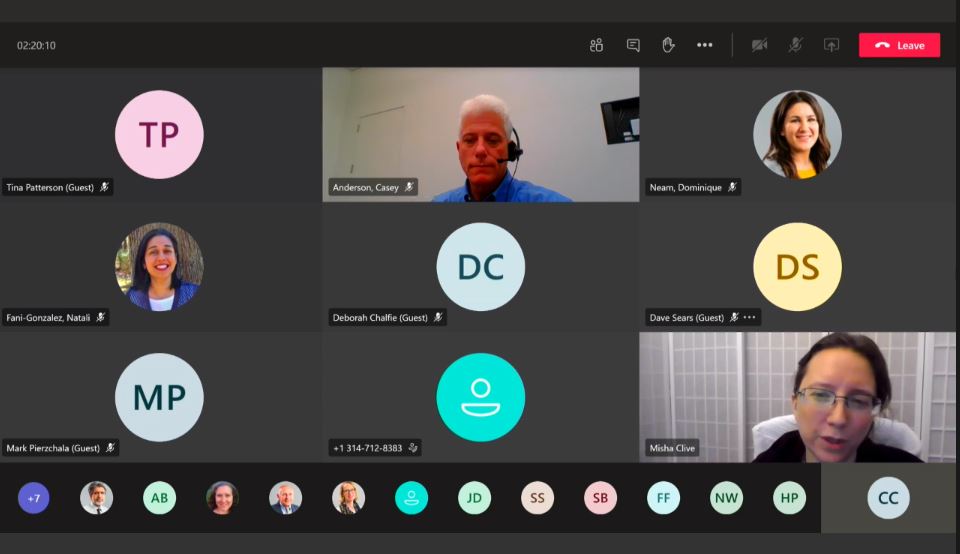
By Montgomery Planning Board Chair Artie Harris and Montgomery Planning Director Jason K. Sartori
Note to the reader: this content was originally published in the Affordable Housing Conference of Montgomery County, MD 2025 Journal
Montgomery County is a great place to live, work, play, and learn. Like many communities nationwide, though, our status quo is no longer working when it comes to housing. Currently, the county has over 1 million residents and is expected to add 200,000 more over the next 25 years, but we are not building housing fast enough to keep up with this growth. As prices and rents have skyrocketed in recent years due to a lack of supply and other real estate market forces, current … Continue reading

